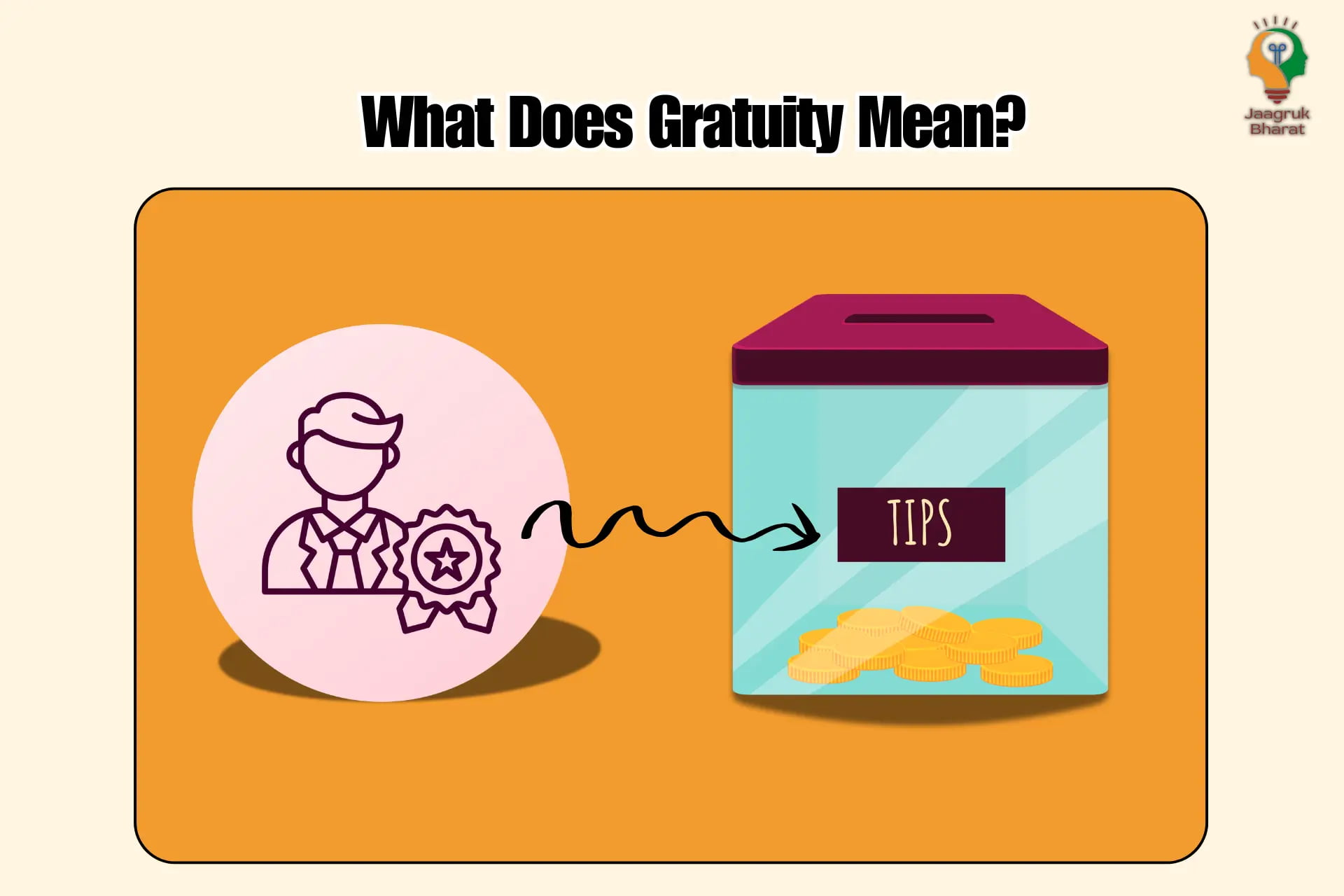What Does Gratuity Mean? Who Are Eligible For It? What Does The New Rules In 2024 Say?
Updated: 13-10-2025 at 12:00 AM
1k


Employees serving in the workforce contribute to the businesses and development for their entire life. At the time of retirement, many companies give gifts to their employees. In factories and small workplaces, gratuity is given by the employer to the employees for their service. Let us learn more about the details of gratuity.
What Is Gratuity?
Gratuity is like an amount expressing ‘gratitude’ or ‘thanks’ to an employee for their contribution to the organisation. The Payment of Gratuity Act, of 1972, regulates the payment of gratuities. It also determines how the amount is to be calculated and disbursed. The Act also provides for penalties for employers in case they fail to abide by the rules laid down in the Act.
Read More: EPS Withdrawal Rules 2024: Key Changes and How They Benefit You
What Are The Components Of Payments Of Gratuity Act?
The Payments of Gratuity Act has a wide scope and it deals with all issues that may arise about the payment of gratuity. It is a social as well as public welfare legislation which caters to the needs of employees as well as employers.
The Payments of Gratuity Act, 1972 deals with the following:
-
Applicability of the Act to different organisations.
-
Eligibility criteria for receiving gratuity in India.
-
Authorities regulating and controlling gratuity concerns.
-
Calculation/Determination of gratuity amount.
-
Nomination by employee.
-
Inspectors and their powers.
-
Recovery of gratuity
-
Penalties in cases of non-compliance.
What Is New Gratuity Rules, 2024?
In 2024, the government of India brought amendments to the rules of gratuity. The Ministry of Labour and Employment has devised new rules for the 4 upcoming labour codes. Under these rules, we will see the following changes:
-
Organisations must ensure that at least 50% of an employee’s salary constitutes basic pay. Employers may need to restructure the salary package when an Employee’s basic pay falls below 50% to adhere to new gratuity rules under the four labour codes. An employee’s basic pay increase will result in a proportionate rise in gratuity payments.
-
Salaries will exclude bonuses. Also, pension contributions, provident fund contributions, house rent allowances, conveyance allowances, gratuities and overtime will not be included in the salary amount.
Researchers and experts are suggesting that these changes will impact the structure of allowances provided by firms and decrease the take-home salary of an employee. The rules focus on providing extra security to retired people after their retirement. They are yet to be notified.
What Is The Eligibility Criteria For Receiving Gratuity?
The eligibility criteria for an employee to receive gratuity in India are given below:
-
Attaining of age of retirement.
-
Retirement from service.
-
Minimum 5 years of service with the employer.
-
In case of disability or critical illnesses, regardless of completion of 5 years.
-
Termination without employee fault.
-
In the event of the death of an employee, gratuity becomes receivable by family members.
The eligibility criteria for organisations is
-
10 or more employees in the preceding 12 months.
-
if the number of employees becomes less than 10 after the Gratuity Act becomes eligible for the first time, Gratuity will still be applicable.
Organisations include factories, mines, oil fields, plantations, ports, railways, and motor transport undertaking shops. It also includes private establishments.
How Is Gratuity Amount Calculated?
Gratuity is calculated differently for employees covered under the act and those not covered by it.
For those covered under the Act, gratuity is calculated using the following technique or formula:
-
(15 x Years Worked x Last Received Salary) / 26
-
The Last Received Salary comprises Basic Salary and Dearness Allowance (DA). A year of work is counted after six months and more of service.
For those not covered by the Payments of Gratuity Act, it is calculated using the following formula:
-
(15 * Last Salary Drawn in Last 10 Months * Number of Years Worked) / 30
-
The Last Salary Drawn includes Basic Salary and Dearness Allowance (DA and commissions. A full year of work is counted upon completion of each year.
Conclusion
Gratuity must be paid to those who have contributed their entire lives or considerable time in service. It is a token of appreciation for the employee which is also a motivating factor. It helps retired people spend their old age comfortably.
For more information, reach out to the Ministry of Labour and Employment through their postal address available here.
Frequently Asked Questions
0
0
1k
0
0
1k Views
0
No comments available





Our Company
Home
About
T&C
Privacy Policy
Eula
Disclaimer Policy
Code of Ethics
Contact Us
Cancellation & Refund Policy
Categories
Women
Insurance
Finance
Tax
Travel
Transport & Infrastructure
Food
Entertainment
Communication
Government ID Cards
E-commerce
Traffic guidelines
Miscellaneous
Housing and Sanitation
Sports
Startup
Environment and Safety
Education
Agriculture
Social cause
Employment
Disclaimer: Jaagruk Bharat is a private organization offering support for documentation and government scheme access. We are not affiliated with any government body. Official services are available on respective government portals. Our goal is to make processes easier and more accessible for citizens.
All Copyrights are reserved by Jaagruk Bharat